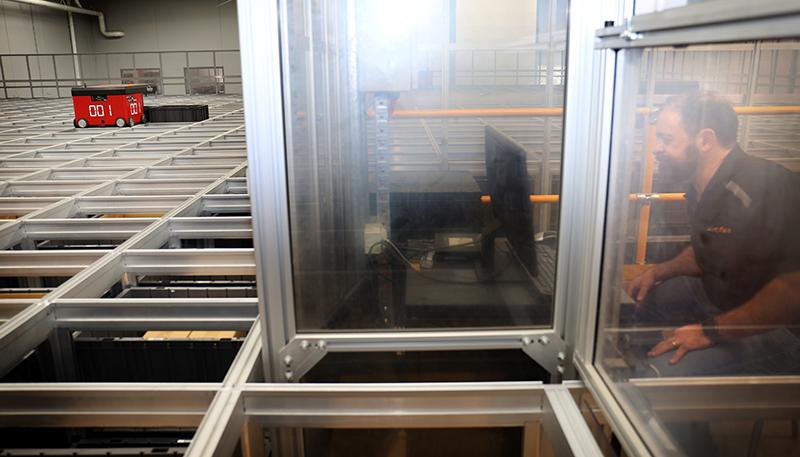With an ever-increasing number of warehouse automation solutions available, finding the perfect fit can be an overwhelming decision. “Through close work with customers, we have found that misconceptions around technology and associated concepts can complicate the selection process. Without a comprehensive understanding of the nuances of automation, customers may end up with a solution that underperforms,” explains Jason Wu, Business Development Manager for AutoStore Australia and New Zealand.
Myth 1: A high workstation capacity means high throughput
While the two do correlate, says Wu, a high workstation capacity does not translate to high sustained throughput. “Workstation capacity is usually theoretical and determined through a pick test. This is carried out in isolation without the influence of typical system challenges, such as demand changes, labour speed, and environmental factors”.
Throughput, on the other hand, is determined over an extended period of time, and takes into account real world factors such as human picking speed, material handling feeds, as well as system bottlenecks such as fatigue or backup on conveyance. “This is why throughput should be the target for any implementation,” comments Wu. “The capabilities of human employees should be a major factor”.
Myth 2: System redundancy makes for reliability
While redundancy can promote system reliability, it’s important to understand how redundancy is being used in your solution, notes Wu. “Redundancy is often used strategically to offset reliability and prevent system downtime. It protects your ability to access specific SKUs in a case where a robot goes down. It can also impact storage density and reduce your capacity”.
His advice to warehouse owners is to ask their vendors for data around overall equipment effectiveness (OEE), to understand the system’s availability, performance and quality.
Myth 3: Theoretical modelling is sufficient
The implementation of automation usually requires a significant financial investment with the expectation that it will deliver on the promise of improving performance and enable business growth. “Theoretical models for system design and integration do not take into account operational factors, such as input, output, warehouse processes, and so on,” says Wu. “A simulation shows system performance during typical operations as well as unexpected scenarios, such as peak demand during Black Friday sales”.
Myth 4: The business is too small to warrant warehouse automation
The implementation of warehouse automation technology may be daunting, especially for smaller businesses. However, automation delivers several benefits including cost savings, streamlined and efficient operations as well as benefits to staff.
Wu points to the AutoStore implemented for Davcor, the Australian-based company that designs, distributes, and manufactures locks. “The company achieved ROI in less than two years,” says Wu, “as well as a significant reduction in stock losses. The 85% savings on their energy bill, reduced staff training costs and more efficient utilisation of their warehouse capacity have lowered the company’s overheads significantly”.
Staff have benefited from the improved workplace health and safety afforded by the system. “The system has proved robust, downtime only for the maintenance of system components,” concludes Wu. “In the face of growing market competition, Davcor couldn’t afford not to implement automation solutions”.






